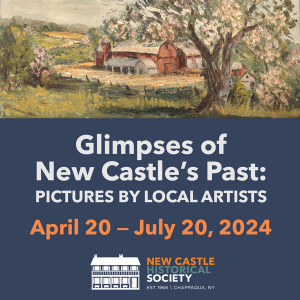Blogs
Historic Graveyards
A major project of the historical society has been the restoration and preservation of seven New Castle historic graveyards. Two of them, the Quaker graveyard and Fair Ridge Cemetery, are communal, and the sites of historical society tours. The other five are former family graveyards, still technically owned by the families but long abandoned. All are New Castle Landmarks.
Quaker Graveyard, Chappaqua Friends’ Meetinghouse
420 Quaker Road
About 1747, pioneer John Reynolds donated two acres of land to the recently formed “Shapequa” friends’ meeting, to serve as a badly needed burying ground and the site of a future meetinghouse. Like the meetinghouse, it has remained in use ever since. Although burials largely ceased in the 20th century, a memory wall continues to commemorate deceased meeting members.
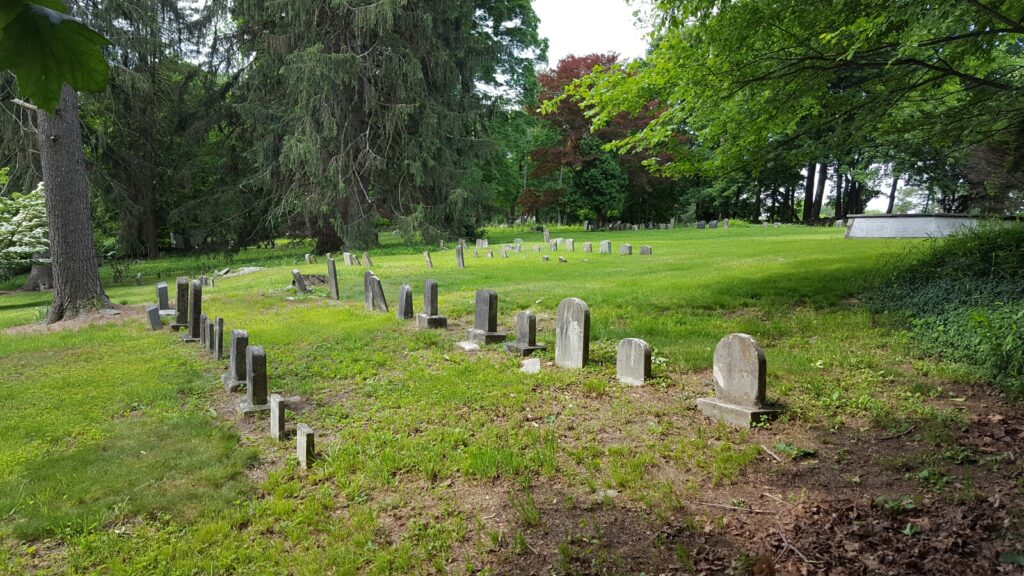
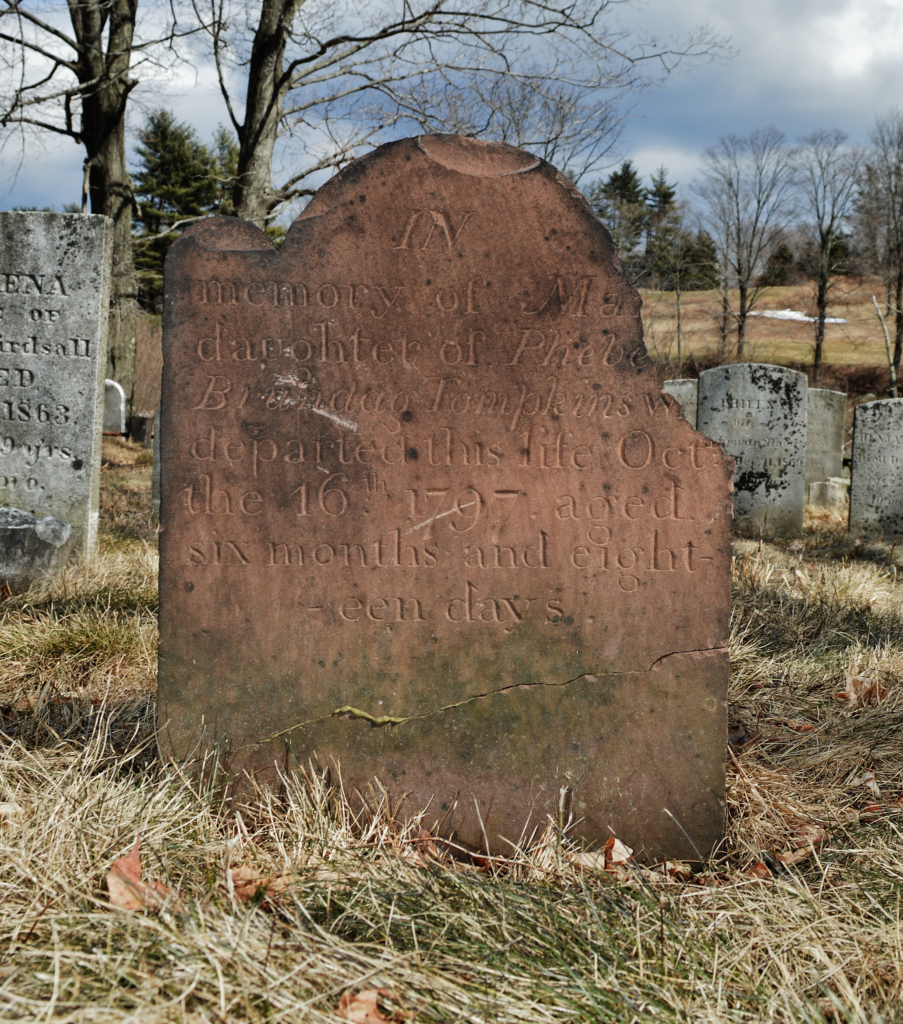
Tompkins Family Graveyard
Hudson Hills Golf Course
400 Croton Dam Road
Nathaniel Tompkins settled in this area of western New Castle about the middle of the 18th century. The Tompkins homestead was located on Pines Bridge Road, and the family graveyard was established at some distance in the interior. Its earliest markers are blank, undated fieldstones, and the first inscribed gravestone is dated 1797. Tompkins family members, in-laws, neighbors, and friends were buried here until 1898.
Wright-Barnum Family Graveyard
Horace Greeley High School
Bedford Road
The Wright pioneer family owned large tracts of land along Bedford Road from about Whippoorwill Road to Cowdin Lane. Their family graveyard, now surrounded by the grounds of Horace Greeley High School, extends west from Bedford Road. It has two sections, separated by a steep hillside. At the top of the hill are early Wright graves; at the bottom are the graves of Phebe Wright Barnum and her kin from 1870 to 1943.
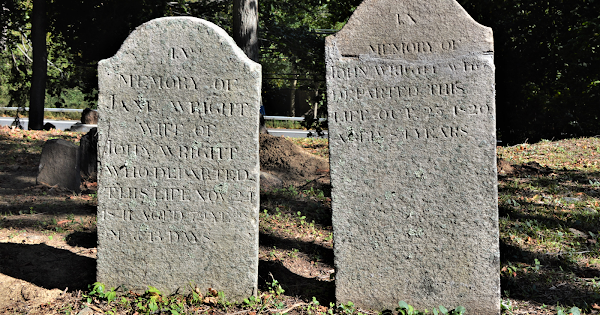
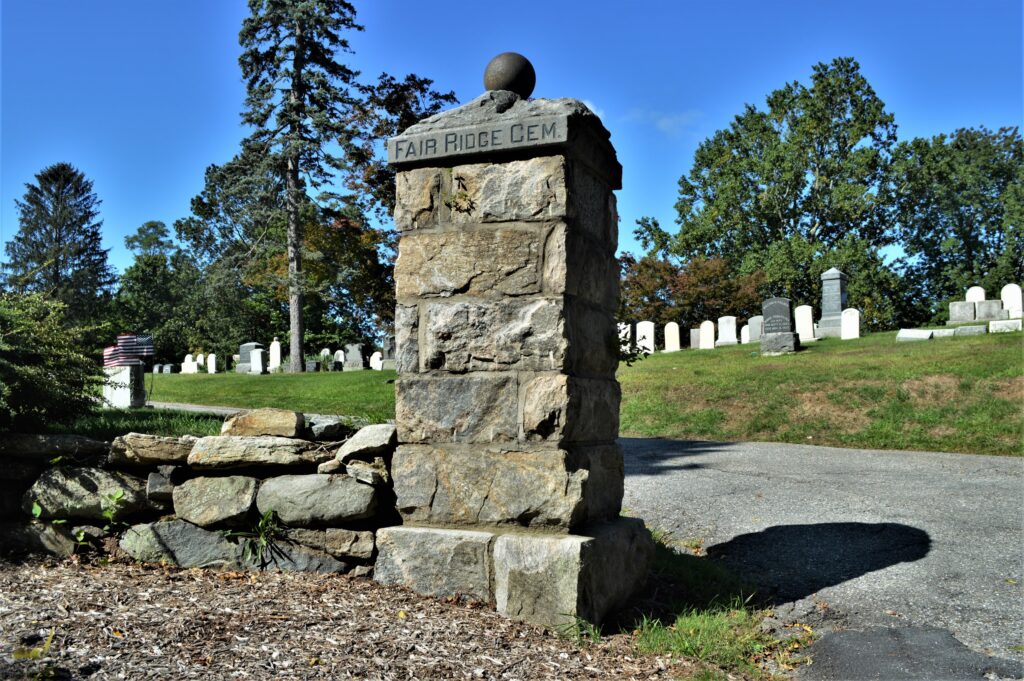
Fair Ridge Cemetery
476 Quaker Road
Founded shortly after the Civil War, in 1867, this nonsectarian, nonprofit association cemetery has continued to serve the community ever since. Its first president was Horace Greeley. It supplemented or replaced the churchyards and family graveyards in the area, and it contains the family plots and individual graves of generations of local citizens.
INFO
Shipping & Returns
Financial Disclosures
The New Castle Historical Society
follows all current CDC protocols.
The Museum and the grounds are
handicapped accessible.
LOCATION
HOURS
Tuesday Wednesday, Thursday, and Saturday 11:00 – 3:00 pm
Also by appointment: director@newcastlehs.org
laws of the State of New York. All donations made directly to New Castle Historical Society are tax-deductible to the extent allowed by law.
©2024 New Castle Historical Society | All Rights Reserved Privacy Policy



